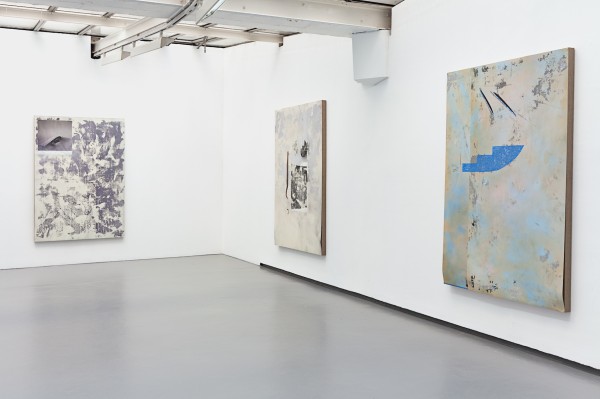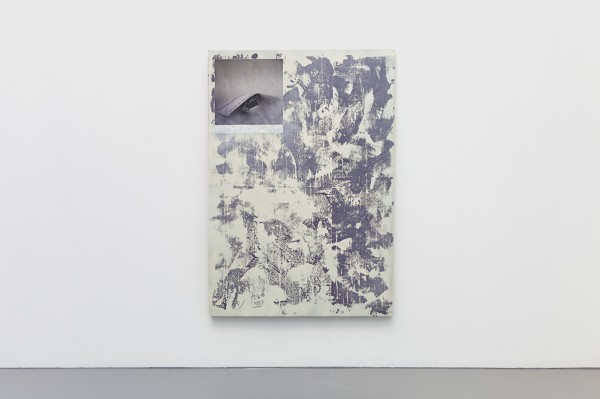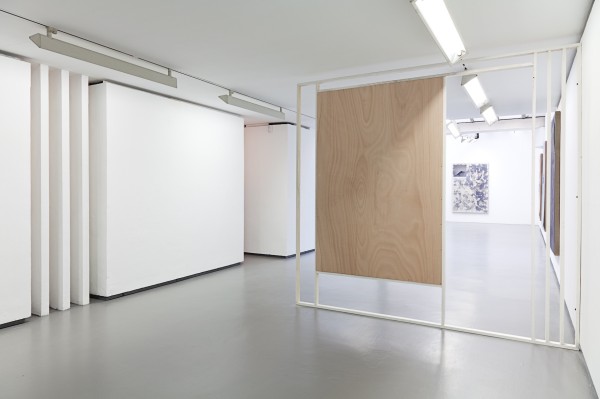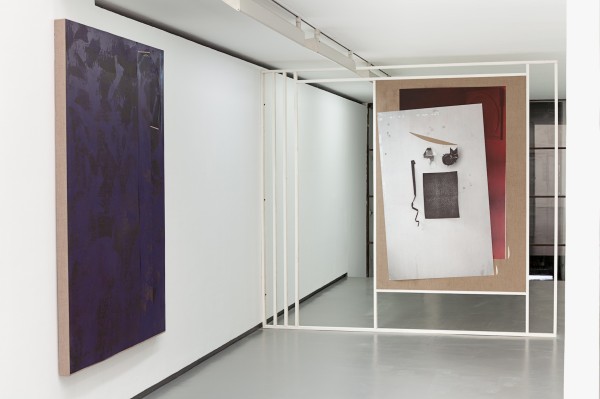Niels Trannois
Friday, 15 November 2013
Work from B (hands in a chinese cookie jar) at Valentin.
“Niels Trannois’s paintings can be understood as fragments of the fictional scenario of what could happen if reality were to absent itself, no doubt the submerged side of a world in abeyance overrun by figurative resurgences, ready to hide away or be dissolved as if recaptured by an old atavism.
F. Scott Fitzgerald wrote: “A clean break is something you cannot come back from; that is irretrievable because it makes the past cease to exist” (The Crack-up). This break, this uprooting that leaves one speechless is what Niels Trannois is trying to render pictorially, to the point of provoking it, in order to “make painting amnesiac” as he says. The beginning of the pictorial act is no doubt a process of regaining control of a “modern” questioning, with the aim of suspending an irresolute opposition between content and expression, language and sensation, narration and abstraction, between that which signifies and that which, always, flees. As the artist puts it, at the root of this is an attempt to “think without words”, without any support or certainty, the sole prerequisite being a confused flow of images and mental representations, either private or collective.
On the wall in the artist’s studio there are already the beginnings of a future pictorial sequence: pinned-up leftovers, those statusless residues of finished works and collected images that constitute the painter’s dislocated perspective. Photographed, then printed in large format on paper, these snapshots were taken right in the workspace and then subjected to a “pictorial treatment”. This imprinting and detachment process proceeds at two tempos. First there is the slowness of permeation, when the paint, applied to the “back”, swells the pores of the image in order to “surface”. Then there is the force of impact, which, by means of pressure between the sheet of paper and the wooden plate, extracts the excess, fossilises the negative on a medium that then serves as a frame on which the image is pinned. The “positive” that the final pictorial image constitutes, presented to the eye “naked”, without protection, is a reactive surface; porous to the potential hydrometric variations of its presentation space, it is the intaglio measure of a breath that is never completely mastered.
This process of permeation and extraction, which the artists employs with very limited means (paper, wood, aerosol spray, oil), literalises work done directly on language. A language whose resistance he tests manually: filling the image, then undoing its completeness, brining the play of the unpredictable to heart of the expressive process means also endeavouring to undo the snapshot, the “full and flat” image. Seeking to detach what is behind the visible facts means suspending meaning and breaking the ellipse, making it deficient. It means, as the artist explains, giving painting its proper role, which is to “undo the system of language to understand materialities that, through echoing or synthesis, evoke situations, a sensibility.”
Beyond the apparent serenity and inertia of this suspended world, one finds preserved in memory on the canvass the violence that the pictorial act has imposed, that is to say something that tears the original image from its presence by a process of displacement and collision. It is this paradoxical state, this latent zone, shared between myth and language, revelation and disappearance, traces and bodies, which make it so that Niels Trannois’s paintings always refer to something outside the frame, to a “missing part”. Because although the images represent sediments of the various processes, they also reveal an interiority on which the viewer can only speculate superficially. The negative obtained by transfer, then recovered by a piece of unbleached canvas, supports the image and makes it into a sculptural foundation. It is its blind spot, or you might say the spot neutralised by a screen-memory.” – Clara Guislain.




